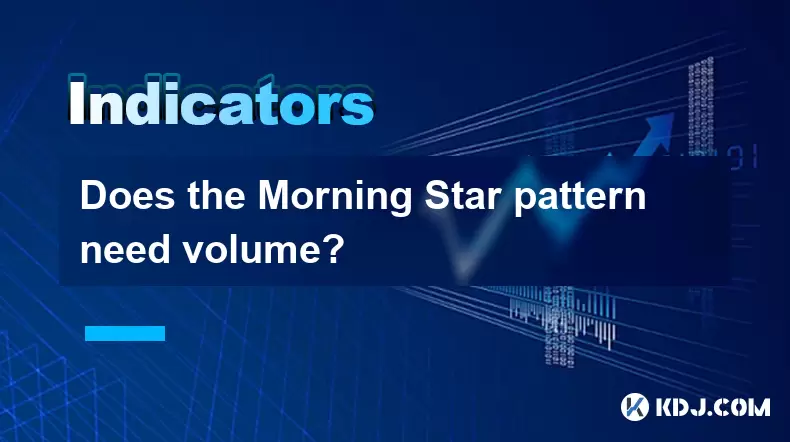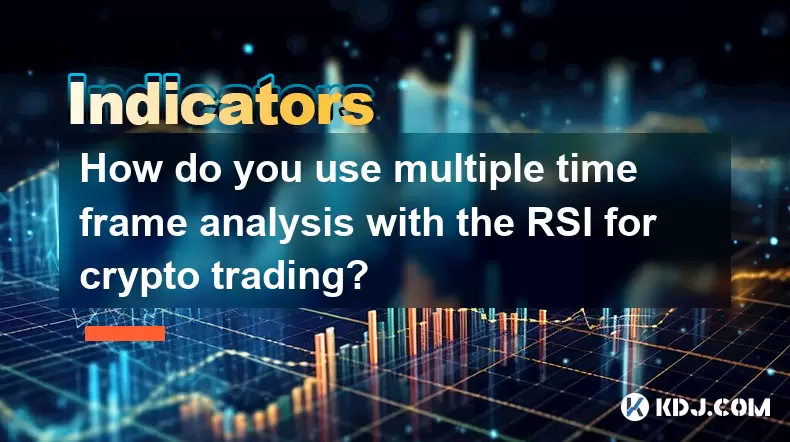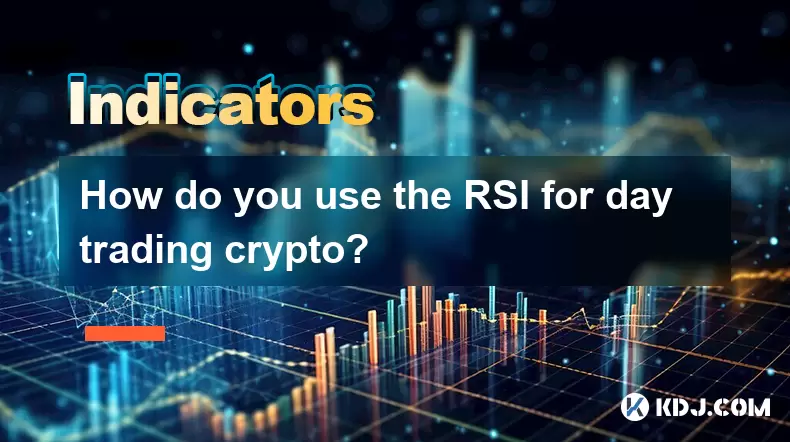-
 Bitcoin
Bitcoin $118400
0.47% -
 Ethereum
Ethereum $3836
2.20% -
 XRP
XRP $3.157
2.98% -
 Tether USDt
Tether USDt $0.9999
-0.03% -
 BNB
BNB $801.5
1.31% -
 Solana
Solana $180.9
2.07% -
 USDC
USDC $0.9999
-0.02% -
 Dogecoin
Dogecoin $0.2225
2.50% -
 TRON
TRON $0.3285
-1.02% -
 Cardano
Cardano $0.7789
2.60% -
 Hyperliquid
Hyperliquid $43.60
2.39% -
 Sui
Sui $3.892
4.41% -
 Stellar
Stellar $0.4229
3.34% -
 Chainlink
Chainlink $18.01
3.98% -
 Hedera
Hedera $0.2745
6.77% -
 Bitcoin Cash
Bitcoin Cash $582.3
3.38% -
 Avalanche
Avalanche $23.77
1.04% -
 Ethena USDe
Ethena USDe $1.001
0.01% -
 Toncoin
Toncoin $3.493
3.59% -
 Litecoin
Litecoin $110.0
2.48% -
 UNUS SED LEO
UNUS SED LEO $8.936
-0.37% -
 Shiba Inu
Shiba Inu $0.00001304
2.49% -
 Uniswap
Uniswap $9.999
1.09% -
 Polkadot
Polkadot $3.897
3.26% -
 Monero
Monero $308.6
-0.83% -
 Dai
Dai $0.9999
-0.01% -
 Bitget Token
Bitget Token $4.504
-0.04% -
 Pepe
Pepe $0.00001154
2.95% -
 Cronos
Cronos $0.1471
3.06% -
 Ethena
Ethena $0.6691
19.53%
Does the Morning Star pattern need volume?
The Morning Star pattern signals a potential crypto uptrend reversal, especially when confirmed by rising volume on the third bullish candle.
Jun 21, 2025 at 02:50 pm

Understanding the Morning Star Pattern in Cryptocurrency Trading
The Morning Star is a popular candlestick pattern used by traders to identify potential reversals from a downtrend to an uptrend. In cryptocurrency markets, where volatility is high and trends can shift rapidly, recognizing such patterns becomes crucial for timing entries and exits. The Morning Star consists of three candles: a large bearish candle, followed by a smaller candle (or doji) that gaps down, and then a large bullish candle that closes within the range of the first candle.
Traders often debate whether volume should be considered alongside this pattern.
While the structure of the Morning Star suggests a weakening of selling pressure and the emergence of buying momentum, it does not inherently require volume analysis to qualify as a valid signal. However, incorporating volume into the interpretation may help confirm the strength behind the reversal.
What Is the Role of Volume in Candlestick Patterns?
Volume plays a significant role in many technical analysis strategies. It reflects the intensity of market participation and helps validate price movements. When analyzing candlestick patterns like the Morning Star, some traders look at volume levels during each candle’s formation to assess the reliability of the signal.
- A declining volume during the first bearish candle might indicate that sellers are losing conviction.
- The second candle, which represents indecision or equilibrium, usually has lower volume, aligning with its neutral nature.
- A rise in volume on the third bullish candle can suggest that buyers are stepping in with strength, reinforcing the validity of the reversal.
In cryptocurrency trading, volume acts as a secondary confirmation tool rather than a mandatory condition.
This means that while volume isn't required to form the Morning Star pattern, higher-than-average volume on the final bullish candle can increase confidence in the trade setup.
How to Identify the Morning Star Pattern on Crypto Charts
Identifying the Morning Star requires attention to detail and understanding of candlestick dynamics:
- The first candle must be a strong bearish one, continuing the existing downtrend.
- The second candle shows hesitation; it can be a small bullish or bearish candle, ideally gapping below the close of the first candle.
- The third candle opens above the second and rallies to close at least halfway up the body of the first candle.
Each step in identifying the pattern should be visually confirmed on the chart without relying solely on automated tools.
For crypto traders, checking multiple timeframes—such as 1-hour, 4-hour, and daily charts—can provide context and filter out false signals. Also, using platforms like Binance, TradingView, or Bybit with robust charting features enhances accuracy.
Why Volume Might Be Important in Confirming the Morning Star Signal
Although the Morning Star pattern doesn’t depend on volume to exist, volume can serve as a confluence factor that strengthens the trader’s decision-making process. For instance:
- If the third bullish candle forms with significantly higher volume compared to the previous two candles, it could imply that institutional or whale activity is entering the market.
- Conversely, if volume remains low during the bullish reversal, it might indicate weak participation and a higher chance of the pattern failing.
Volume should be interpreted relative to recent price action rather than in absolute terms.
Some traders use indicators like On-Balance Volume (OBV) or Volume Weighted Average Price (VWAP) to get a clearer picture of how volume supports or contradicts the Morning Star’s message.
How to Trade the Morning Star Pattern in Crypto Markets
Trading the Morning Star involves several steps that should be followed precisely to maximize success probability:
- Entry Point: Place a buy order once the third candle closes, confirming the pattern. Some traders prefer to wait for the next candle to open above the third candle’s close before entering.
- Stop Loss: Set a stop loss just below the lowest point of the pattern, typically under the second candle or the first candle’s low.
- Take Profit: Target resistance levels, Fibonacci extensions, or risk-reward ratios (e.g., 1:2 or 1:3) based on your strategy.
- Use of Indicators: Combine the Morning Star with other tools like RSI, MACD, or moving averages to filter false breakouts.
- Timeframe Consideration: Higher timeframes (like 4-hour or daily) tend to offer more reliable signals than lower ones.
It's essential to backtest your approach on historical data before applying it in live trading scenarios.
Crypto traders can also paper-trade the pattern across various assets like BTC, ETH, or altcoins to see how effective it is under different market conditions.
Frequently Asked Questions (FAQs)
Q1: Can the Morning Star pattern appear in sideways markets?
Yes, the Morning Star can occur even when the market is consolidating. However, its significance increases when it appears after a clear downtrend.
Q2: What if the second candle of the Morning Star is a doji?
A doji in the second position still qualifies as part of the Morning Star pattern and may indicate stronger indecision, potentially enhancing the reversal signal.
Q3: Should I ignore the Morning Star if volume is decreasing on the third candle?
Not necessarily. While rising volume adds strength, you shouldn’t automatically dismiss the pattern if volume is low. Use other confluence factors like support/resistance or trendlines to decide.
Q4: Does the Morning Star work better on certain cryptocurrencies?
Highly liquid and volatile coins like Bitcoin or Ethereum may produce more reliable Morning Star patterns due to increased trading activity and clearer price action.
Disclaimer:info@kdj.com
The information provided is not trading advice. kdj.com does not assume any responsibility for any investments made based on the information provided in this article. Cryptocurrencies are highly volatile and it is highly recommended that you invest with caution after thorough research!
If you believe that the content used on this website infringes your copyright, please contact us immediately (info@kdj.com) and we will delete it promptly.
- SEC, Crypto, and Securities: Navigating the New Frontier
- 2025-08-01 05:10:12
- Cardano (ADA) Market Cap: Can It Compete with Emerging Cryptocurrencies and Meme Coins?
- 2025-08-01 04:30:12
- SEC, Crypto, and On-Chain: Navigating the Regulatory Maze
- 2025-08-01 02:31:40
- Jito Labs, Solana, and Liquid Staking: Riding the Wave of Innovation
- 2025-08-01 03:50:12
- Perpetual DEX: Navigating Onchain Trading and Solving Core Problems, a NY Perspective
- 2025-08-01 03:57:53
- Bitcoin Bullish Market: How Long Positions are Boosting the Crypto King
- 2025-08-01 02:35:33
Related knowledge

How do you use multiple time frame analysis with the RSI for crypto trading?
Aug 01,2025 at 05:19am
Understanding the Role of RSI in Crypto TradingThe Relative Strength Index (RSI) is a momentum oscillator that measures the speed and change of price ...

How can you use the RSI to determine exit points in crypto trades?
Aug 01,2025 at 04:29am
Understanding the Role of RSI in Crypto TradingThe Relative Strength Index (RSI) is a momentum oscillator widely used in the cryptocurrency market to ...

How do you use the RSI for day trading crypto?
Aug 01,2025 at 05:26am
Understanding the RSI in Cryptocurrency TradingThe Relative Strength Index (RSI) is a momentum oscillator that measures the speed and change of price ...

What does it signify when the MACD crosses below the zero line?
Aug 01,2025 at 01:43am
Understanding the MACD IndicatorThe Moving Average Convergence Divergence (MACD) is one of the most widely used technical analysis tools in the crypto...

How does the MACD histogram show momentum?
Aug 01,2025 at 01:16am
Understanding the MACD Histogram and Its Role in Cryptocurrency TradingThe MACD histogram is a visual representation of the difference between the MAC...

What is a MACD crossover?
Jul 31,2025 at 11:52pm
Understanding the Role of Private Keys in Cryptocurrency SecurityIn the world of cryptocurrency, private keys are the cornerstone of ownership and con...

How do you use multiple time frame analysis with the RSI for crypto trading?
Aug 01,2025 at 05:19am
Understanding the Role of RSI in Crypto TradingThe Relative Strength Index (RSI) is a momentum oscillator that measures the speed and change of price ...

How can you use the RSI to determine exit points in crypto trades?
Aug 01,2025 at 04:29am
Understanding the Role of RSI in Crypto TradingThe Relative Strength Index (RSI) is a momentum oscillator widely used in the cryptocurrency market to ...

How do you use the RSI for day trading crypto?
Aug 01,2025 at 05:26am
Understanding the RSI in Cryptocurrency TradingThe Relative Strength Index (RSI) is a momentum oscillator that measures the speed and change of price ...

What does it signify when the MACD crosses below the zero line?
Aug 01,2025 at 01:43am
Understanding the MACD IndicatorThe Moving Average Convergence Divergence (MACD) is one of the most widely used technical analysis tools in the crypto...

How does the MACD histogram show momentum?
Aug 01,2025 at 01:16am
Understanding the MACD Histogram and Its Role in Cryptocurrency TradingThe MACD histogram is a visual representation of the difference between the MAC...

What is a MACD crossover?
Jul 31,2025 at 11:52pm
Understanding the Role of Private Keys in Cryptocurrency SecurityIn the world of cryptocurrency, private keys are the cornerstone of ownership and con...
See all articles

























































































